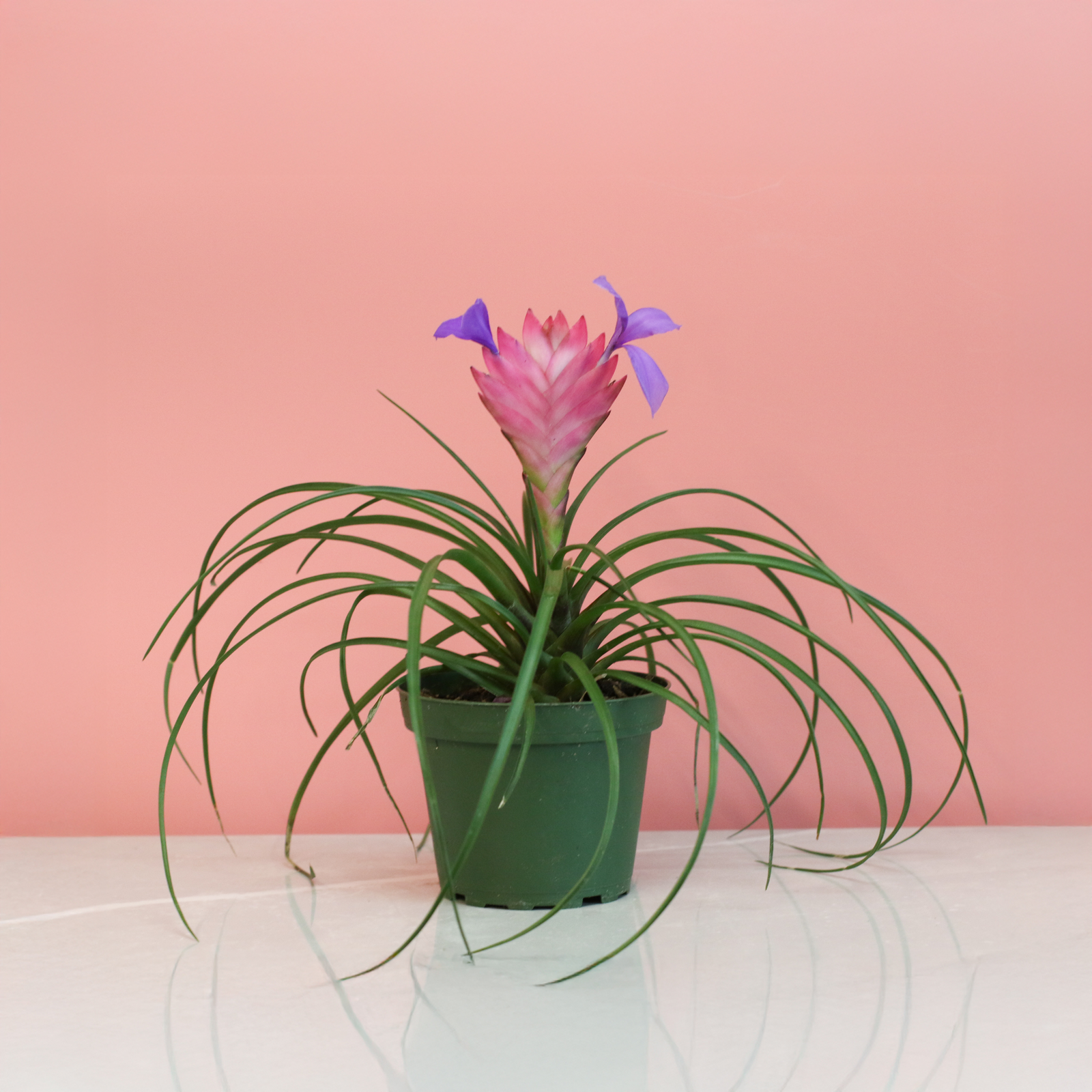Norfolk Island Pine: Your Living Christmas Tree for Every Season
The Norfolk Island Pine is a stunning tropical evergreen that brings year-round beauty to your home. Despite its name, this plant isn't a true pine—it's an ancient species from the Araucariaceae family that survived the extinction event that killed the dinosaurs. With soft, symmetrical branches and a classic Christmas tree shape, it's become a beloved houseplant that doubles as a sustainable holiday decoration.
At Verdant Lyfe, we know the value of plants that combine beauty with practicality. The Norfolk Island Pine purifies indoor air, requires moderate care, and serves as a reusable alternative to cut Christmas trees. This guide covers everything you need to keep your Norfolk Island Pine thriving for years to come.
Origins and Characteristics
Native to Norfolk Island in the South Pacific, Araucaria heterophylla can reach 200 feet tall in the wild but typically grows 3-8 feet indoors. Its slow growth and compact size make it perfect for apartments and homes. The tree features soft, needle-like leaves arranged in perfect whorls, creating that iconic pyramidal silhouette. Unlike traditional pine needles, these won't prick your fingers, making them safe and pleasant to touch.
Understanding its tropical origins is crucial for proper care. Norfolk Island Pines need warm temperatures, high humidity, and bright indirect light—conditions easily replicated indoors with proper attention.
Essential Care Guide
Light and Placement
Norfolk Island Pines thrive in bright, indirect light near south or west-facing windows. They need 2-4 hours of bright light daily but can scorch in direct midday sun. Rotate your plant weekly to prevent leaning and ensure symmetrical growth. In low-light conditions, plants become leggy and stretched.
Watering
Keep soil slightly moist but never waterlogged. Allow the top 1-2 inches to dry between waterings, then water thoroughly until it drains from the bottom. Empty drainage trays to prevent root rot. Water every 1-2 weeks in spring and summer, slightly less in winter and mist frequently. Brown, crispy needles signal under-watering; yellowing branches indicate overwatering.
Humidity and Temperature
These tropical plants need 50% humidity or higher. Brown needle tips are your first warning sign of low humidity. Boost moisture by using a humidifier, placing pots on pebble trays with water, grouping houseplants together, or misting occasionally. Maintain temperatures between 65-75°F and avoid cold drafts, heating vents, and air conditioning units.
Soil and Fertilizer
Use well-draining, slightly acidic soil mixed with perlite and peat moss. Excellent drainage is essential. Feed monthly during spring and summer with balanced, Lyfe Nutrient Fertilizer Water-Soluble. Skip fertilizing in fall and winter. Repot every 3-4 years in spring, choosing containers just one size larger to prevent root rot.
Troubleshooting Common Problems
Brown Needle Tips: Usually caused by low humidity, underwatering, or heat exposure. Increase moisture levels and adjust watering. Some lower branch browning is normal aging.
Yellow Branches: Indicates overwatering, nutrient deficiency, temperature stress, or excessive sun. Check soil moisture, fertilize if needed, and ensure stable temperatures.
Leaning Growth: Rotate plants weekly for even light exposure. Stake temporarily if leaning is pronounced. Repot if the tree seems top-heavy.
Pests: Spider mites, scale, and mealybugs occasionally appear, especially in dry conditions. Increase humidity, spray with insecticidal soap, isolate affected plants, and repeat treatments weekly.
Holiday Decorating and Year-Round Benefits
Norfolk Island Pines make perfect living Christmas trees when decorated thoughtfully. Use lightweight holiday ornaments (paper, felt, foam), LED lights that generate minimal heat, and hang decorations near the trunk where branches are strongest. Skip heavy toppers and remove all decorations promptly after holidays to prevent damage.
For the ultimate holiday display, the Holiday Plant Bundle from Verdant Lyfe pairs a Norfolk Island Pine with a Pink Quill plant, creating a stunning festive arrangement that thrives beyond the season.
Don't limit this versatile plant to December! Decorate with seasonal themes year-round—bird ornaments and pastels for spring, autumn leaves for fall, or keep it beautifully natural in summer. Place it as a statement plant in living rooms, offices, or entryways where its architectural form shines.
Air Quality and Health Benefits
Norfolk Island Pines naturally purify indoor air by removing toxins like formaldehyde, benzene, and trichloroethylene commonly found in cleaning supplies, paints, and furniture. Through transpiration, they also release moisture, acting as natural humidifiers during dry winter months.
Studies show houseplants reduce stress, improve mood, and boost productivity by up to 15%. The Norfolk Island Pine's soothing green color and symmetrical form create a calming presence that connects you to nature. As a sustainable alternative to cut trees, it reduces waste while becoming a living family heirloom that grows more beautiful each year.
Where to Buy Your Norfolk Island Pine
Choose healthy specimens with vibrant green needles, symmetrical growth, and no browning or pest damage. At Verdant Lyfe, we provide premium houseplants carefully selected and shipped in peak condition. Our Norfolk Island Pine specimens arrive ready to thrive, making it easy for beginners and experienced plant parents alike.
The Norfolk Island Pine is more than a houseplant—it's a versatile companion that purifies air, enhances ambiance, and provides endless decorating possibilities. While it requires attention to humidity and watering, the reward is decades of beauty and growth. Follow these care guidelines, rotate regularly, maintain consistent moisture, and enjoy watching your living Christmas tree flourish year after year.

